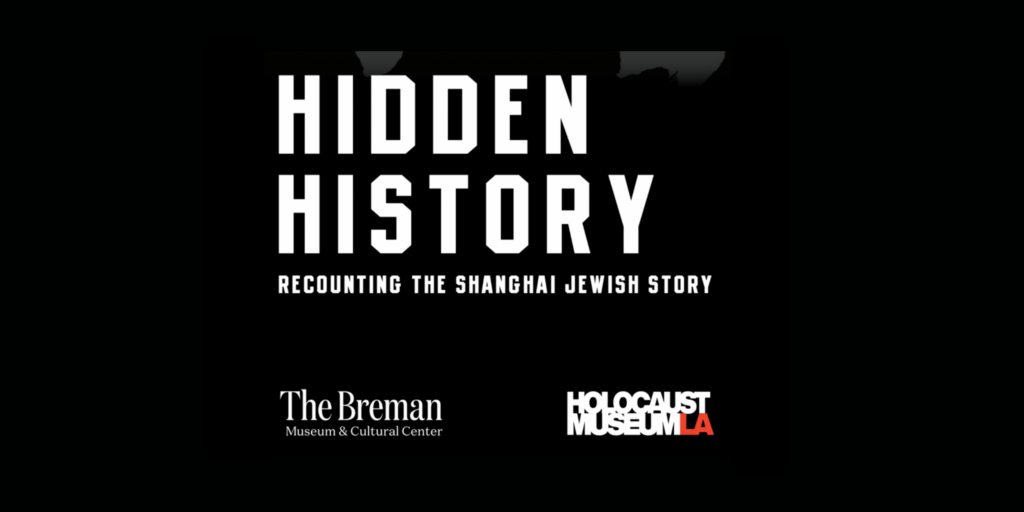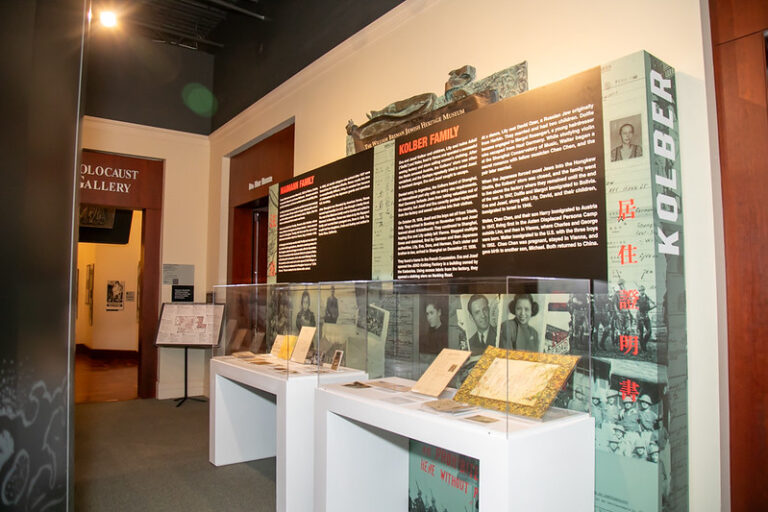
Hidden History: Recounting The Shanghai Jewish Story
“Hidden History” explores the history of the diverse, resettled Jewish community in Shanghai, including Iraqi Jews who arrived in the mid-1800s, Russian Jews who fled pogroms at the turn of the century and German and Austrian Jews who desperately escaped the Nazis. With most countries limiting or denying entry to Jews during the 1930s, the free port of Shanghai became an unexpected safe haven for Jews fleeing the antisemitic policies and violence in Nazi-controlled Europe.
Organized by Holocaust Museum LA, the exhibit explores this multifaceted history through artifacts, survivor stories (with a special focus on five refugee families) and the photographic lens of prominent American photojournalist Arthur Rothstein, who documented the Shanghai Jewish community for the United Nations.


By the 1930s, Shanghai, the hub of China’s international trade, was the fourth largest city in the world. What began as a trickle of approximately 1,500 Jewish refugees from Europe, soon developed into a flood, with numbers jumping to 17,000 by the end of 1938.
Following Nazi Germany’s annexation of Austria in March 1938, these antisemitic policies were quickly extended to Austrian Jews, sparking a refugee crisis as Jews living under Nazi control desperately tried to emigrate. Though seemingly an unlikely refuge, Shanghai, as an international port city, required no entry visa, becoming one of the only options for German and Austrian Jews trying to escape the brutal violence.
Click below to look at a guide about the exhibition.

